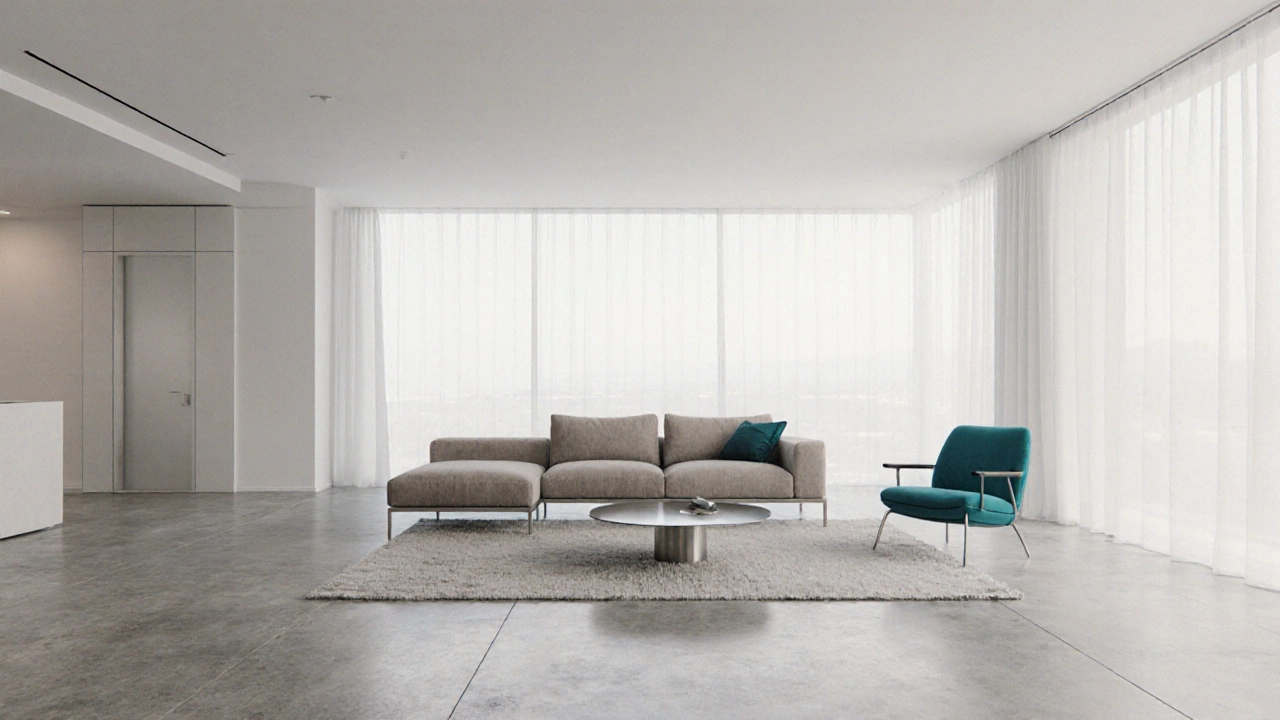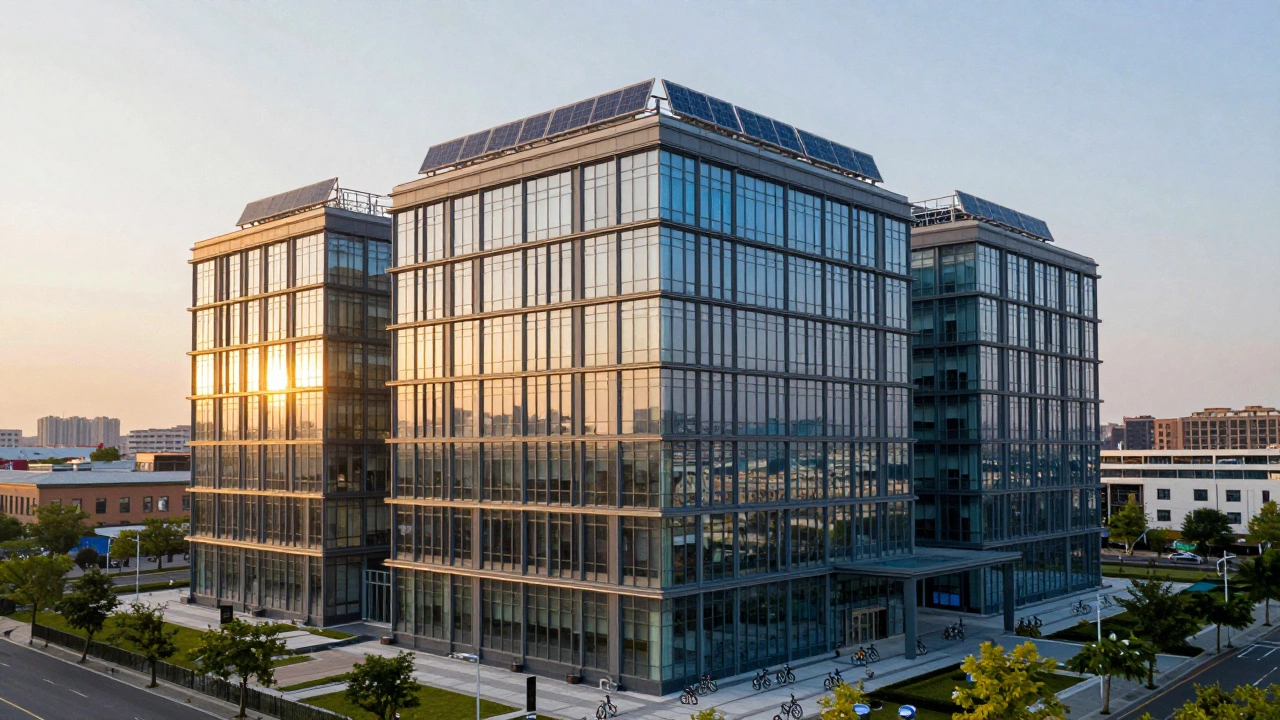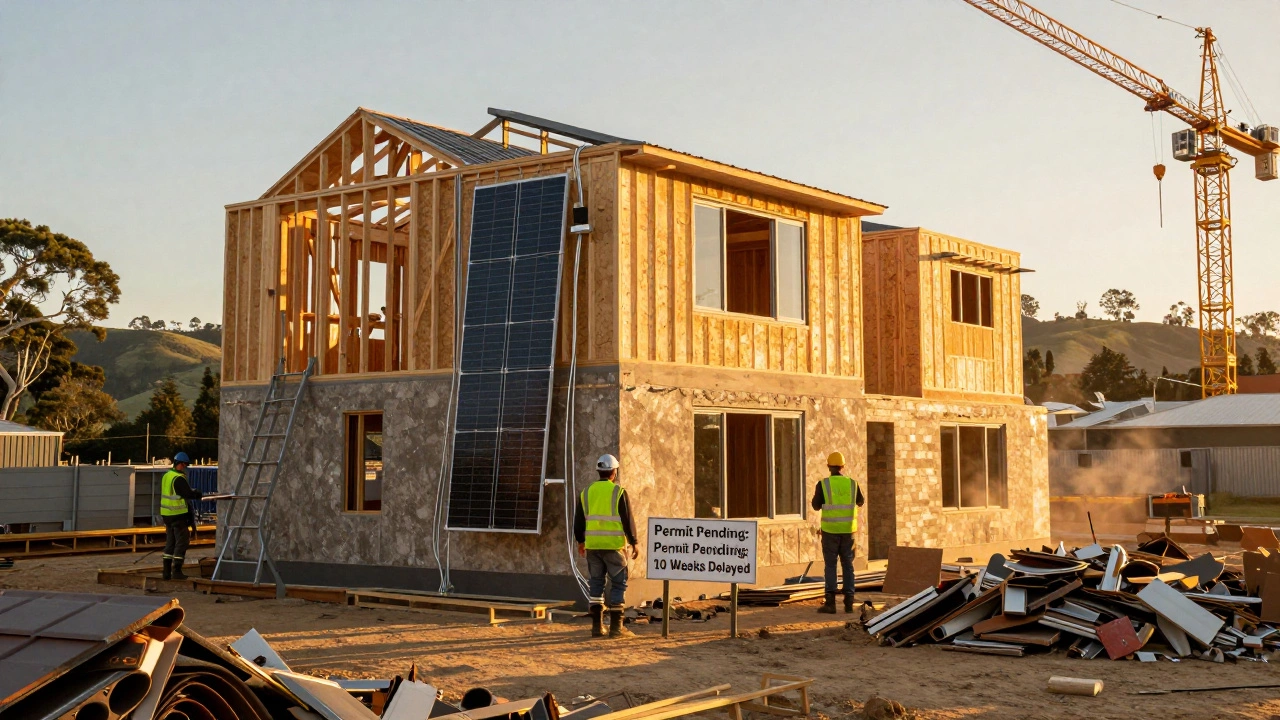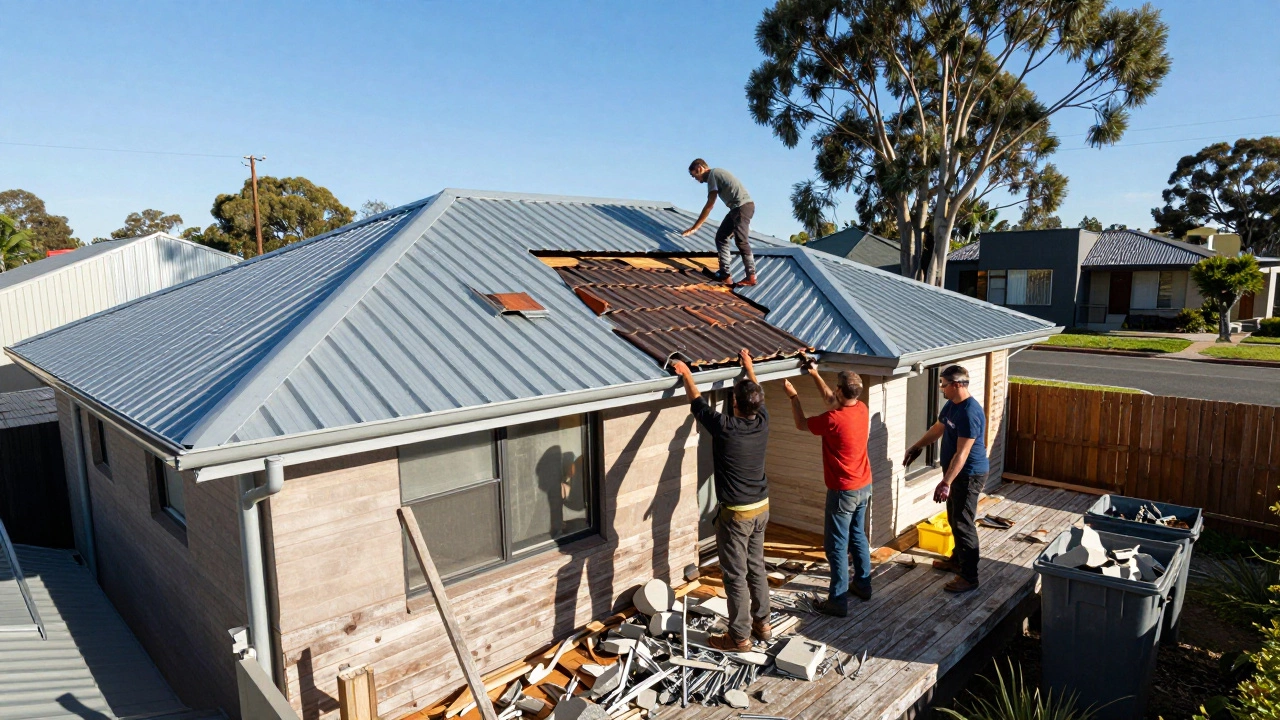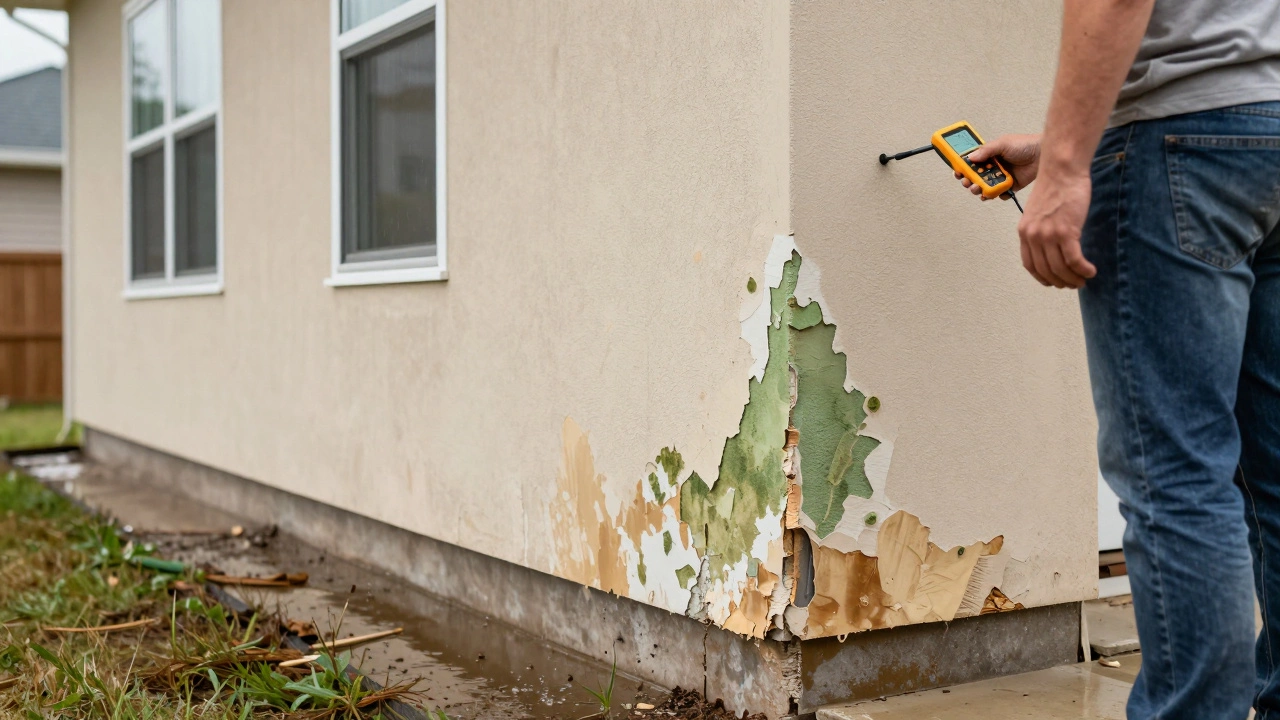Modern Interior Color Palette Generator
Create a balanced modern interior color scheme using the article's core principles: neutral base with bold accents. Select your neutral base and accent color to see how they work together in a modern space.
Your Modern Palette
Neutral Base
Warm White
Accent Color
Mustard Yellow
This combination follows the article's key principles:
- Creates a calm canvas with neutral base
- Introduces bold accent (10-15% of the space)
- Provides excellent contrast for readability
- Works with natural materials like wood and stone
Ever walked into a room that feels sleek, airy, and somehow both warm and futuristic? That’s the charm of a modern interior style. It’s not just a trend; it’s a design language that balances function and form, turning everyday living spaces into calm, purposeful habitats.
Defining the Modern Interior Style
Modern interior style is a design approach that emerged in the early‑mid 20th century and has been refined for today’s homes. It strips away excess ornament, focuses on clean lines, and embraces the ideas of openness, natural light, and honest materials. Think of it as a visual “less is more” mantra that still leaves room for personality.
Core Characteristics
- Clean, straight lines with minimal decorative details
- Open floor plans that promote flow and flexibility
- Neutral color palettes punctuated by bold accents
- Use of natural materials like wood, stone, and metal
- Integrated technology-smart lighting, hidden outlets, and streamlined appliances
Key Elements Explained
Color Palette
Neutral color palette forms the backbone of modern interiors. Shades of white, gray, and beige create a calm canvas. Adding a splash of black, navy, or a vibrant hue (think mustard or teal) in accessories or a single piece of furniture brings depth without chaos.
Materials & Finishes
Natural materials-light oak flooring, polished concrete, brushed steel, and marble-are favored because they age gracefully and highlight the simplicity of the design. The finish is usually matte or low‑gloss, avoiding the shiny, overly reflective look of earlier decades.
Furniture
Modern furniture leans toward low‑profile pieces with slim legs, often in modular configurations. Sofas and chairs are usually upholstered in neutral fabrics or leather, with clean silhouettes. A statement piece-like an iconic Eames lounge chair-adds visual interest while staying true to the era’s design ethos.
Lighting
LED lighting is the go‑to solution because it’s energy‑efficient and can be integrated into recessed fixtures, track systems, or sleek floor lamps. Layered lighting-ambient, task, and accent-helps sculpt the space while maintaining a minimalist feel.
Layout & Space Planning
Open floor plan is a hallmark of modern interiors. Walls are minimized, allowing sightlines to flow from the living area to the kitchen and dining space. Furniture is arranged to create functional zones rather than closed‑off rooms.
Tech Integration
Smart home integration blends invisibly into the décor. Voice‑controlled lights, thermostats, and sound systems are tucked away, keeping the visual clutter low while boosting convenience.
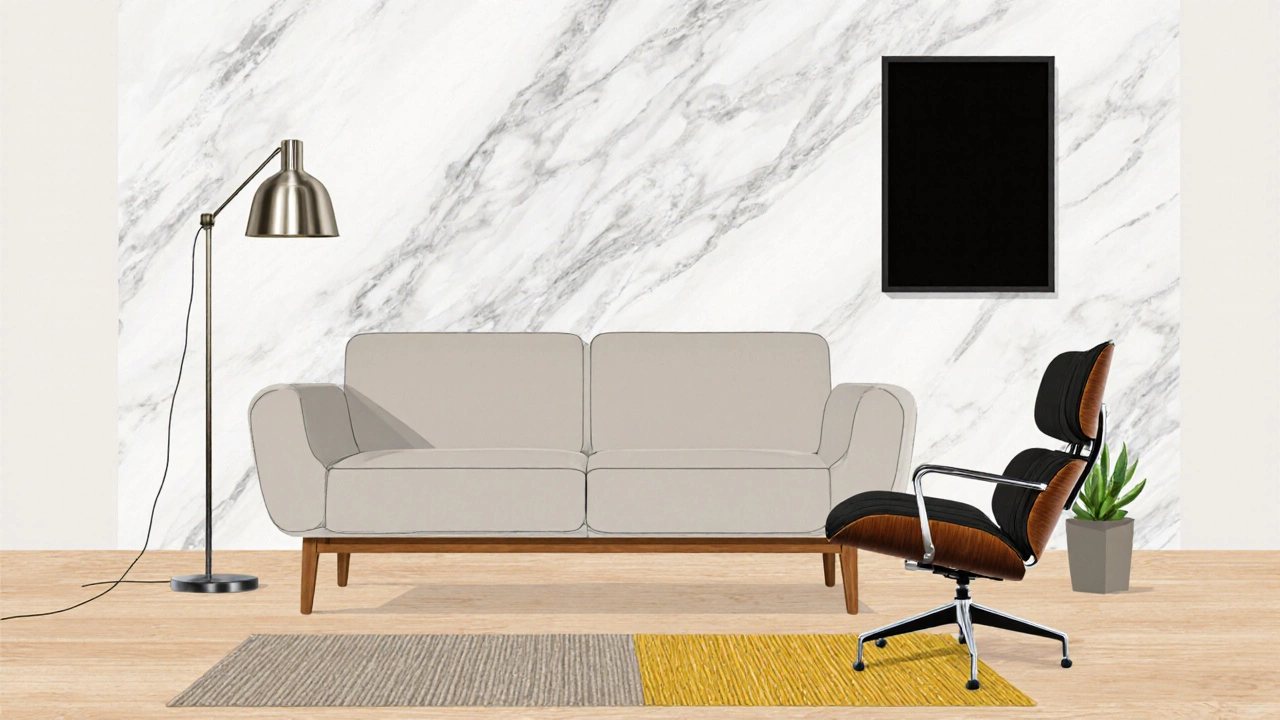
Modern vs. Similar Styles
| Feature | Modern | Industrial | Scandinavian |
|---|---|---|---|
| Primary Color Scheme | Neutral with bold accents | Dark neutrals, exposed metal | Soft whites, pale wood tones |
| Materials | Wood, stone, brushed metal | Concrete, reclaimed wood, iron | Light timber, natural fibers |
| Furniture Silhouette | Low‑profile, clean lines | Robust, utilitarian forms | Organic, rounded edges |
| Lighting Focus | LED, recessed, minimal fixtures | Exposed bulbs, metal pendants | Natural light, simple lamps |
| Tech Presence | Seamless, hidden | Visible, industrial‑style | Subtle, integrated |
Common Pitfalls and How to Avoid Them
- Over‑minimalism: Stripping the room of all personality can feel sterile. Add texture through rugs, throw pillows, or a single piece of art.
- Ignoring Scale: Oversized furniture can overwhelm a space designed for openness. Stick to low‑profile pieces that respect the room’s proportions.
- Poor Lighting Balance: Relying solely on ambient light leaves corners in shadows. Mix in task and accent lighting to keep the vibe warm.
- Clashing Materials: Combining too many contrasting textures can break the harmony. Limit the palette to three main materials and repeat them throughout the space.
- Neglecting Storage: Minimal décor often means fewer decorative items, so hidden storage (built‑in cabinets, sleek wardrobes) becomes essential.
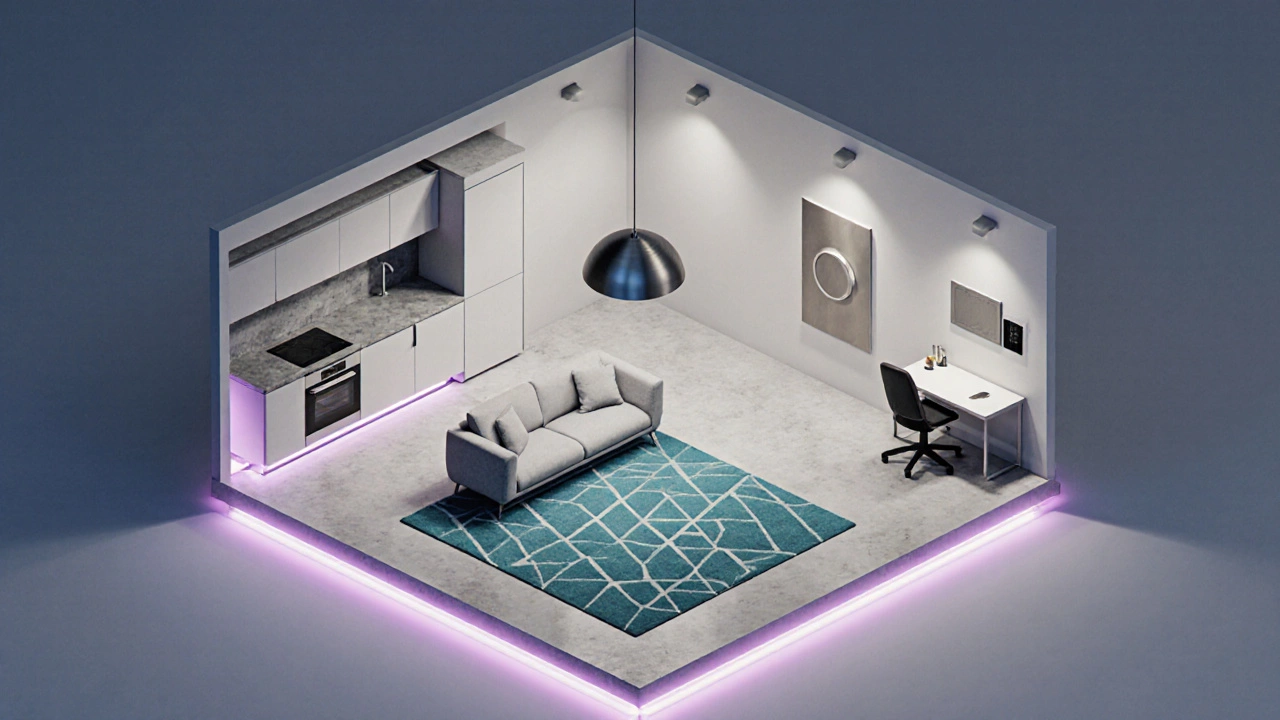
Step‑by‑Step Guide to Creating a Modern Interior
- Start with a Neutral Base: Paint walls in a soft gray or warm white. Choose flooring that’s light wood or polished concrete.
- Plan the Layout: Sketch an open floor plan. Identify functional zones (living, dining, work) and keep traffic flow clear.
- Select Furniture: Pick low‑profile pieces with slim metal or wooden legs. Opt for modular sofas that can be re‑arranged.
- Introduce Materials: Add a stone accent wall, a wooden coffee table, and brushed steel light fixtures.
- Layer Lighting: Install recessed LED ceiling lights, a sleek floor lamp for reading, and subtle LED strip lighting under cabinets.
- Add Accent Pieces: Choose a bold‑colored rug, an eye‑catching piece of abstract art, or a statement pendant lamp.
- Integrate Technology: Set up a smart thermostat, voice‑controlled lighting, and concealed charging stations.
- Finish with Soft Textures: Add a linen throw, a few plush cushions, and a natural-fibre rug to soften the sleek lines.
Quick Checklist for a Modern Interior
- Neutral walls (white, gray, beige)
- Open floor plan with clear zones
- Low‑profile, modular furniture
- Natural materials - wood, stone, metal
- Layered LED lighting (ambient, task, accent)
- Smart home devices hidden or minimalist
- Bold accent color in small doses
- Texture through textiles and rugs
- Minimal decorative clutter
- Integrated storage solutions
Frequently Asked Questions
Is modern interior style the same as contemporary design?
No. Modern design refers to a specific historical movement that began in the 1920s‑40s, emphasizing functionalism and minimal ornament. Contemporary design is a broader, ever‑evolving style that borrows elements from many trends, including modern, but is not bound to the same strict principles.
Can I mix modern with other styles?
Absolutely. Pairing modern basics with a few industrial metal accents or Scandinavian light wood can create a layered look that feels personalized while staying grounded in modern simplicity.
What flooring works best for a modern interior?
Light hardwood, white‑washed oak, or polished concrete are top choices. They provide a sleek base and reflect natural light, reinforcing the sense of openness.
How much color should I use?
Keep walls neutral and introduce color through accessories-rugs, cushions, artwork, or a single accent chair. A 10‑15% pop of color maintains balance without overwhelming the space.
Is it okay to have exposed brick in a modern home?
Yes, but treat it as an accent wall rather than the dominant material. Pair the brick with smooth, light-colored surfaces to avoid a heavy feel.
By understanding the core principles-clean lines, neutral tones, natural materials, and thoughtful tech-you can transform any space into a true modern interior style that feels both timeless and ready for tomorrow.

